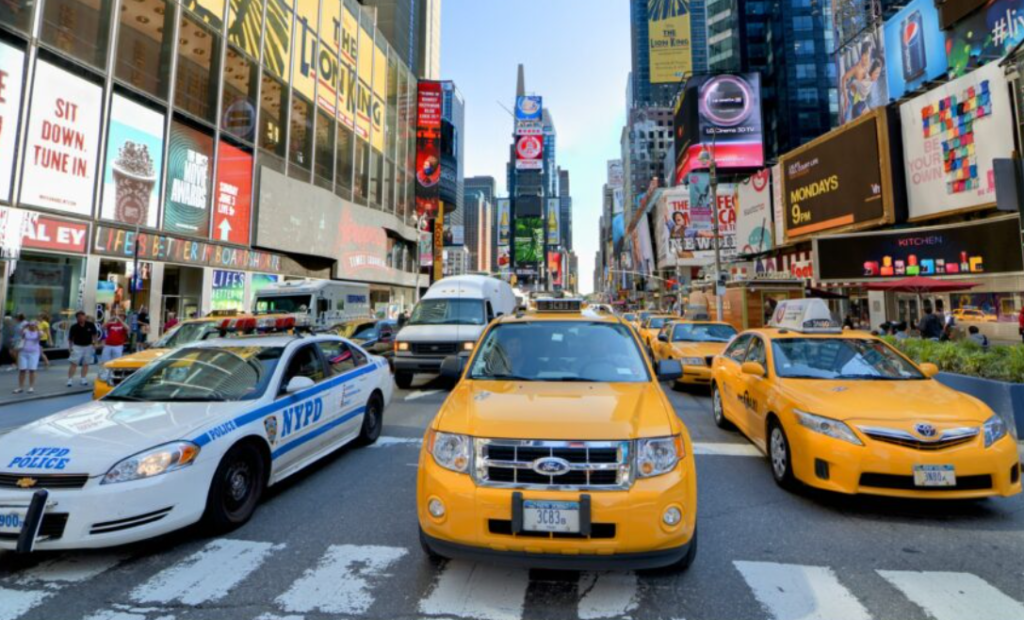
A study from the University of Washington (UW) offers new insights into the health risks associated with air pollution from congested city roadways. The findings reveal the direct impact of traffic pollution on blood pressure.
The experts have found that exposure to unfiltered air during rush-hour traffic not only elevates passengers’ blood pressure in the moment, but maintains this increase for up to 24 hours.
Traffic pollution
This research, led by Dr. Joel Kaufman, signifies a critical advancement in understanding the health risks associated with traffic pollution.
“The body has a complex set of systems to try to keep blood pressure to your brain the same all the time. It’s a very complex, tightly regulated system, and it appears that somewhere, in one of those mechanisms, traffic-related air pollution interferes with blood pressure,” said Dr. Kaufman.
Focus of the study
The findings build on Kaufman’s earlier research, which showed that diesel exhaust fumes could raise blood pressure in a controlled environment.
The new study aimed to replicate these findings in a real-world scenario by testing the impact of traffic pollution on healthy individuals.
How the research was conducted
For the investigation, participants between the ages of 22 and 45 were driven through Seattle’s rush-hour traffic.
Their blood pressure was monitored under two different conditions: exposure to unfiltered road air and drives with air filtered through high-quality HEPA filters, reducing particulate pollution by 86%.
The participants were unaware of the type of air they were exposed to during each drive.
Critical insights on traffic pollution
The results showed that breathing unfiltered air led to an average increase in blood pressure of more than 4.50 mm Hg compared to filtered air drives.
This spike in blood pressure occurred rapidly, within about an hour into the drive, and persisted for at least 24 hours. Notably, the effect of this increase is comparable to that of a high-sodium diet.
Study implications
Dr. Kaufman highlighted the broader implications of these findings. “We know that modest increases in blood pressure like this, on a population level, are associated with a significant increase in cardiovascular disease.”
“There is a growing understanding that air pollution contributes to heart problems. The idea that roadway air pollution at relatively low levels can affect blood pressure this much is an important piece of the puzzle we’re trying to solve.”
Traffic pollution creates ultrafine particles
Another critical aspect of the study is its focus on ultrafine particles, a type of pollutant less than 100 nanometers in diameter and unregulated.
These ultrafine particles, abundant in traffic-related air pollution, were significantly reduced in the filtered air experiments, suggesting their potential role in affecting blood pressure.
“Ultrafine particles are the pollutant that were most effectively filtered in our experiment – in other words, where the levels are most dramatically high on the road and low in the filtered environment,” Kaufman said. “So, the hint is that ultrafines may be especially important [for blood pressure]. To actually prove that requires further research, but this study provides a very strong clue as to what’s going on.”
Dr. Kaufman notes the need for further research to conclusively establish this link. Nonetheless, the study stands out for its real-world application, moving beyond laboratory settings to replicate actual conditions millions experience daily.
Valuable findings
Michael Young, a former UW postdoctoral fellow and lead author of the study, praises the design for isolating the impact of air pollution from other roadway factors like stress and noise.
“This study is exciting because it takes the gold-standard design for laboratory studies and applies it in an on-roadway setting, answering an important question about the health effects of real-world exposures,” said Young.
“Studies on this topic often have a challenging time separating the effects of pollution from other roadway exposures like stress and noise, but with our approach the only difference between drive days was air pollution concentration.”
“The findings are valuable because they can reproduce situations that millions of people actually experience every day.”
The research was funded by the U.S. Environmental Protection Agency and the National Institutes of Health.
Article Credit: earth